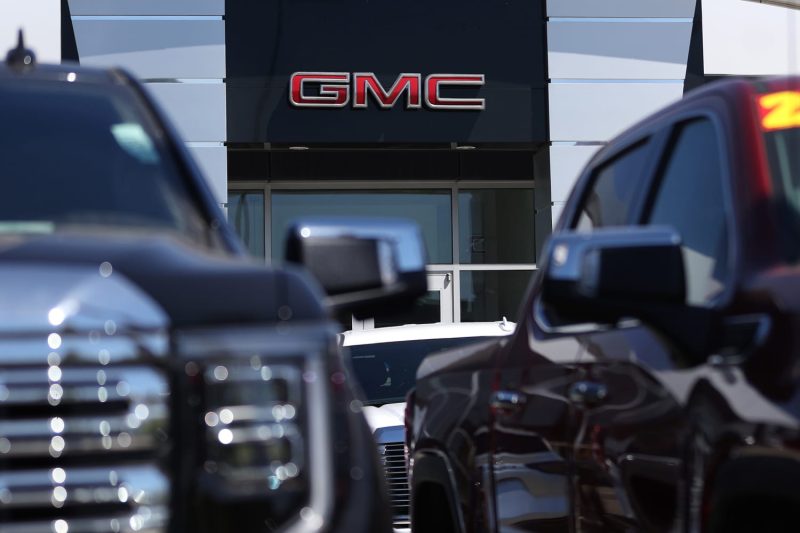The recent layoff of over 1,000 salaried software and services employees by General Motors (GM) has sparked concerns and discussions within the automotive industry. The move comes as a surprise to many, especially after GM announced plans for a substantial investment in electric and autonomous vehicles. This decision raises questions about the company’s future direction and the impact it could have on its workforce and overall operations.
At a time when the automotive industry is undergoing a significant transformation towards electric and autonomous technologies, GM’s layoff of skilled software and services professionals appears contradictory. These employees play a crucial role in developing cutting-edge software solutions for vehicles, such as connected services, infotainment systems, and advanced driver-assistance programs. By parting ways with over 1,000 of these individuals, GM risks losing valuable expertise and innovation capabilities in a highly competitive market.
Furthermore, the timing of the layoffs raises concerns about the company’s strategy and long-term vision. While the automotive industry is moving rapidly towards electric and autonomous vehicles, GM’s decision to downsize its software and services division could indicate a shift in priorities or a refocusing of resources. It is essential for GM to communicate clearly with its remaining employees and stakeholders about the reasons behind these layoffs and how they align with the company’s future plans.
The impact of these layoffs extends beyond the affected employees to the broader automotive ecosystem. Suppliers, partners, and other stakeholders in GM’s network may also feel the effects of the reduced workforce and potential changes in the company’s product development and innovation capabilities. Collaborative efforts and ongoing projects could face disruptions, leading to delays or setbacks in bringing new technologies to market.
In response to these layoffs, GM must prioritize transparency, communication, and support for its remaining employees. By providing clear explanations for its decisions and offering assistance to affected staff, the company can demonstrate its commitment to navigating challenges and maintaining its position as a leader in the automotive industry. Additionally, GM should consider how these changes align with its long-term goals and the evolving demands of the market, ensuring that its workforce remains agile, adaptable, and equipped to drive innovation forward.
In conclusion, GM’s decision to lay off more than 1,000 salaried software and services employees raises questions about the company’s direction, strategy, and commitment to innovation. As the automotive industry continues to evolve towards electric and autonomous technologies, GM must navigate these changes thoughtfully and transparently to ensure its workforce remains engaged, informed, and positioned for future success. By prioritizing communication, support, and alignment with market trends, GM can emerge from this transition stronger and more resilient in a rapidly changing landscape.
